A study is the first-of-its-kind to recognize American Sign Language (ASL) alphabet gestures using computer vision. Researchers developed a custom dataset of 29,820 static images of ASL hand gestures. Each image was annotated with 21 key landmarks on the hand, providing detailed spatial information about its structure and position. Combining MediaPipe and YOLOv8, a deep learning method they trained, with fine-tuning hyperparameters for the best accuracy, represents a groundbreaking and innovative approach that hasn’t been explored in previous research.
Tag: Accessibility
From accessibility upgrades to a custom cat-food bowl, this mobile 3D printer can autonomously add features to a room
University of Washington researchers created MobiPrint, a mobile 3D printer that can automatically measure a room and print objects onto the floor. The team’s graphic interface lets users design objects in a space that the robot has mapped out. The prototype, which the team built on a modified consumer vacuum robot, can add a range of objects to rooms.
Accessibility issues in cancer care
Research identifies issues with booking new appointments at clinics for cancer treatment
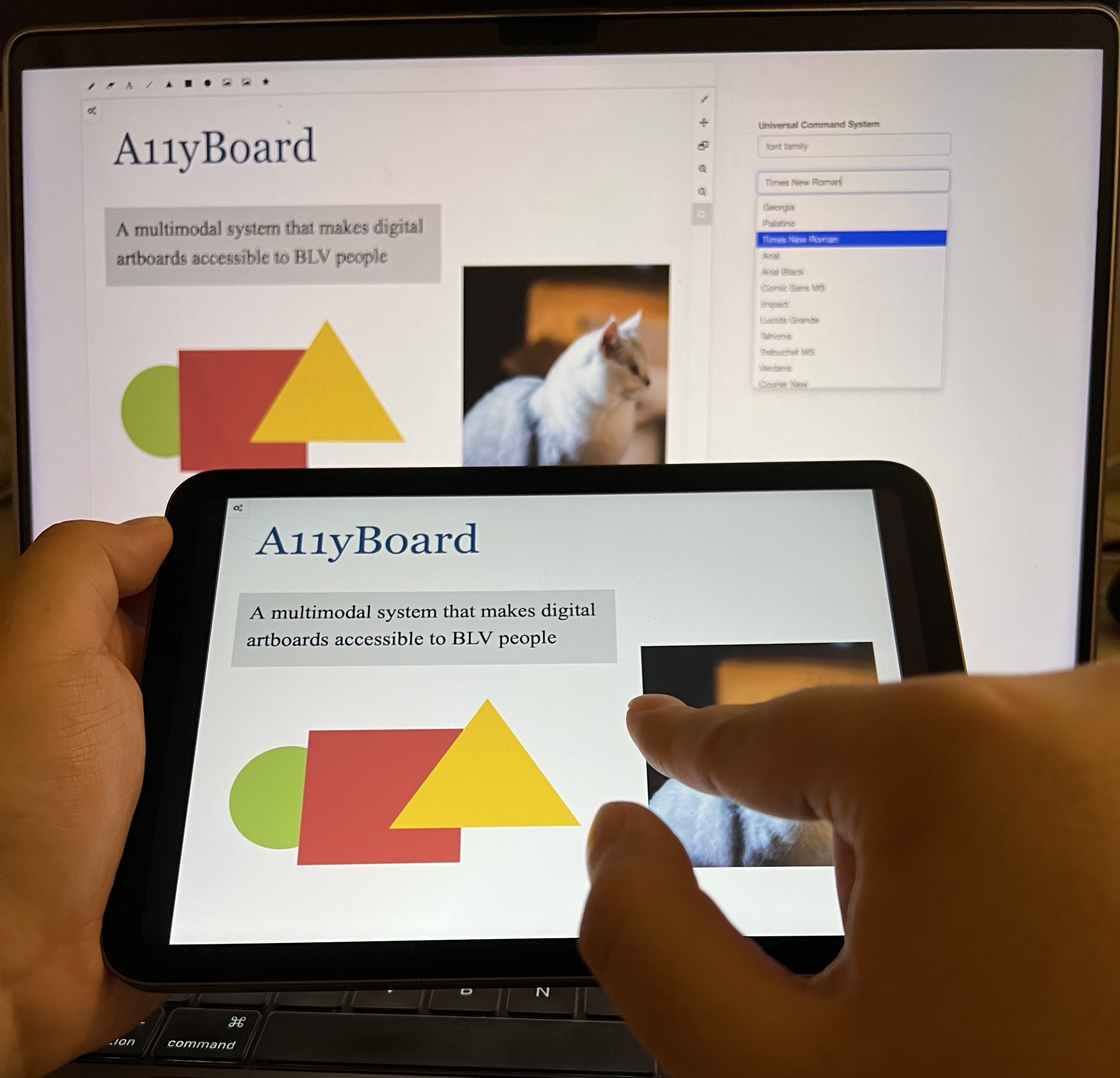
A Google Slides extension can make presentation software more accessible for blind users
A team led by researchers at the University of Washington has created A11yBoard for Google Slides, a browser extension and phone or tablet app that allows blind users to navigate through complex slide layouts, objects, images and text.
State COVID-19 Websites Fail to Meet Accessibility Standards
During the COVID pandemic, U.S. states and territories created websites to share relevant public health information. But a new study finds the sites don’t meet accessibility standards.
Remote learning during pandemic aids medical students with disabilities
Medical students who reported a disability to their school increased by more than 25% during the COVID-19 pandemic, a study shows.
New app developed at NYU Tandon School of Engineering promises to make navigating subway stations easier for people with blindness and low vision
Designed by researchers at NYU Tandon School of Engineering and NYU Grossman School of Medicine, Commute Booster routes public-transportation users through the “middle mile” – the part of a journey inside subway stations or other similar transit hubs – in addition to the “first” and “last” miles that bring travelers to and from those hubs.
RADx Tech Program tackles design of accessible COVID-19 home tests
NIH’s RADx Tech committed resources in early 2022 for increased accessibility of COVID-19 home tests. The RADx Tech Accessibility Program subsequently invited collaboration from advocacy organizations to contribute to design insights and is a first step that will help manufacturers address the gap in accessible test availability.
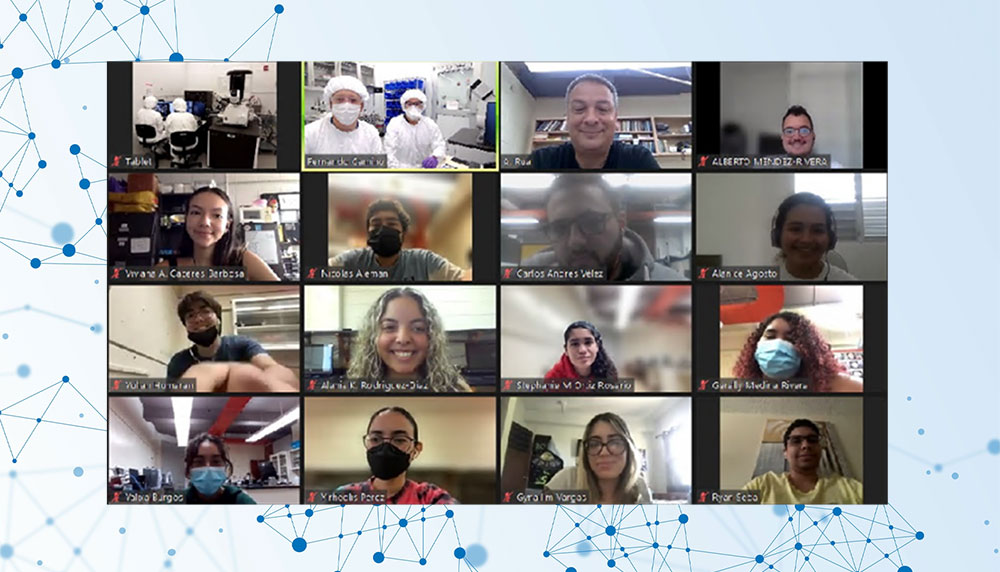
Remote Operations Are Making the World a Little Smaller for Nanoscale Research
When the pandemic forced us to keep our distance, people quickly found new ways to come together. By improving existing technologies and developing entirely new ones, we learned how to work, socialize, and share ideas without having to leave the solitary comfort of our living spaces. While this gave us the ability to take back parts of the activities we missed, it also allowed us to connect in new and interesting ways.
Hackensack University Medical Center and Community Groups Demonstrate Sidewalk Deficiencies that Hinder Accessibility During MS Awareness Week 2023
Team members from Hackensack University Medical Center’s Multiple Sclerosis (MS) Center and Hackensack Meridian School of Medicine Department of Neurology, the National Multiple Sclerosis Society (NMSS), the University of Washington Makeability Lab, and volunteers from Oradell’s 7th grade Girl Scout Troop 96950 collaborated on an initiative called Project Sidewalk and identified numerous obstacles in the town of Oradell for people with mobility issues. The project serves as a model for other towns to identify and correct impediments to mobility and improve accessibility to their streets for people of all ability levels.
Bringing the field to students with ‘Virtual Field Geology’
The Virtual Field Geology project has many goals: to make geology field experiences accessible to more people; to document geological field sites that may be at risk from erosion or development, to offer virtual “dry run” experiences and to allow scientific collaborators to do virtual visits to a field site together. While the pandemic brought new urgency to the project, its developers believe it’s part of a “new normal” for geology research and education.
Most heart transplant centers’ websites get failing grade when it comes to clear, accessible information
In a University of Michigan-led study, researchers found that most websites for heart transplant centers in the United States are difficult to understand, with more than 40% lacking information in languages other than English.
Q&A: UnlockedMaps provides real-time accessibility information for urban rail transit in six metro areas
Researchers at the University of Washington developed UnlockedMaps, a web-based map that allows users to see in real time how accessible rail transit stations are in six metro areas: Philadelphia, Chicago, Seattle, Toronto, New York and the California Bay Area. UnlockedMaps shows which stations are accessible and which ones are experiencing elevator outages.
Want to “age in place” someday? Take action now
A new poll shows most adults over 50 want to stay in their home as they age, but many haven’t taken steps that could help them do so. Two experts give advice on ways to prepare, plan and make adjustments gradually.
COVID-19 shapes future of accessibility services at WVU
WVU’s Office of Accessibility Services saw a 900% increase in requests from deaf or hard of hearing students during the COVID-19 pandemic. Enlisting students on work study programs to do lecture transcriptions and closed captioning helped the University save nearly a quarter of a million dollars.
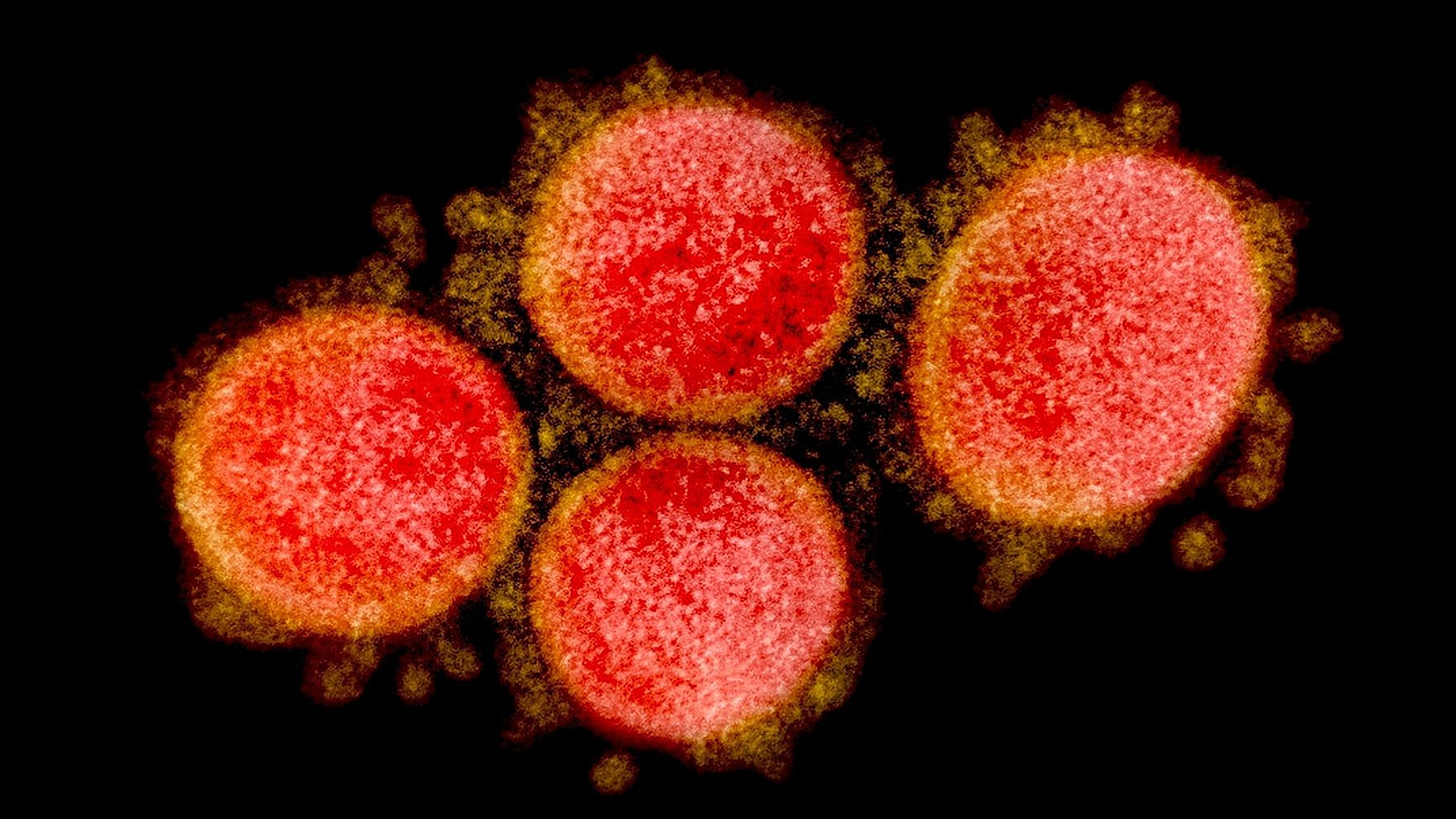
Story Tips from Johns Hopkins Experts on COVID-19
NEWS STORIES IN THIS ISSUE:
PREGNANT AFTER THE FIRST DOSE OF COVID-19 VACCINE — NOW WHAT?
STUDY SHOWS VACCINES MAY PROTECT AGAINST NEW COVID-19 STRAINS … AND MAYBE THE COMMON COLD
EXPANDED DASHBOARD TOOL RANKS ACCESSIBILITY OF STATE VACCINE WEBSITES
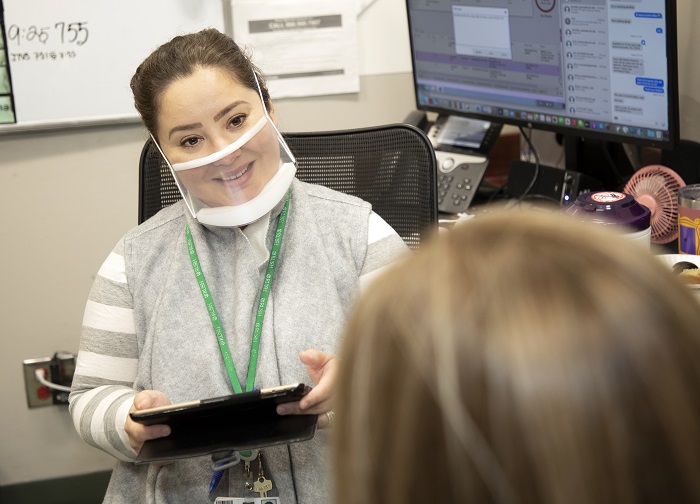
Making Communication Clearer During COVID-19
Realizing that wearing a mask can make communication harder for people with hearing loss, Rush University Medical Center is now offering transparent face masks. These clear masks can help ease stressful situations and it make it less likely for information to be misinterpreted.
Healthworx and LifeBridge Health Launch Startup Incubator: 1501 Health
Healthworx, the innovation and investment arm of CareFirst BlueCross BlueShield, is partnering with LifeBridge Health to launch 1501 Health, an incubator for healthcare startups. 1501 Health will provide investment and resources to help early-stage companies, located regionally or nationally, develop their healthcare solutions. Companies participating in the program will receive up to $100,000 in investment and have access to unique mentorship and support from payer and provider experts, along with networking and educational events with other startups, investors and stakeholders.
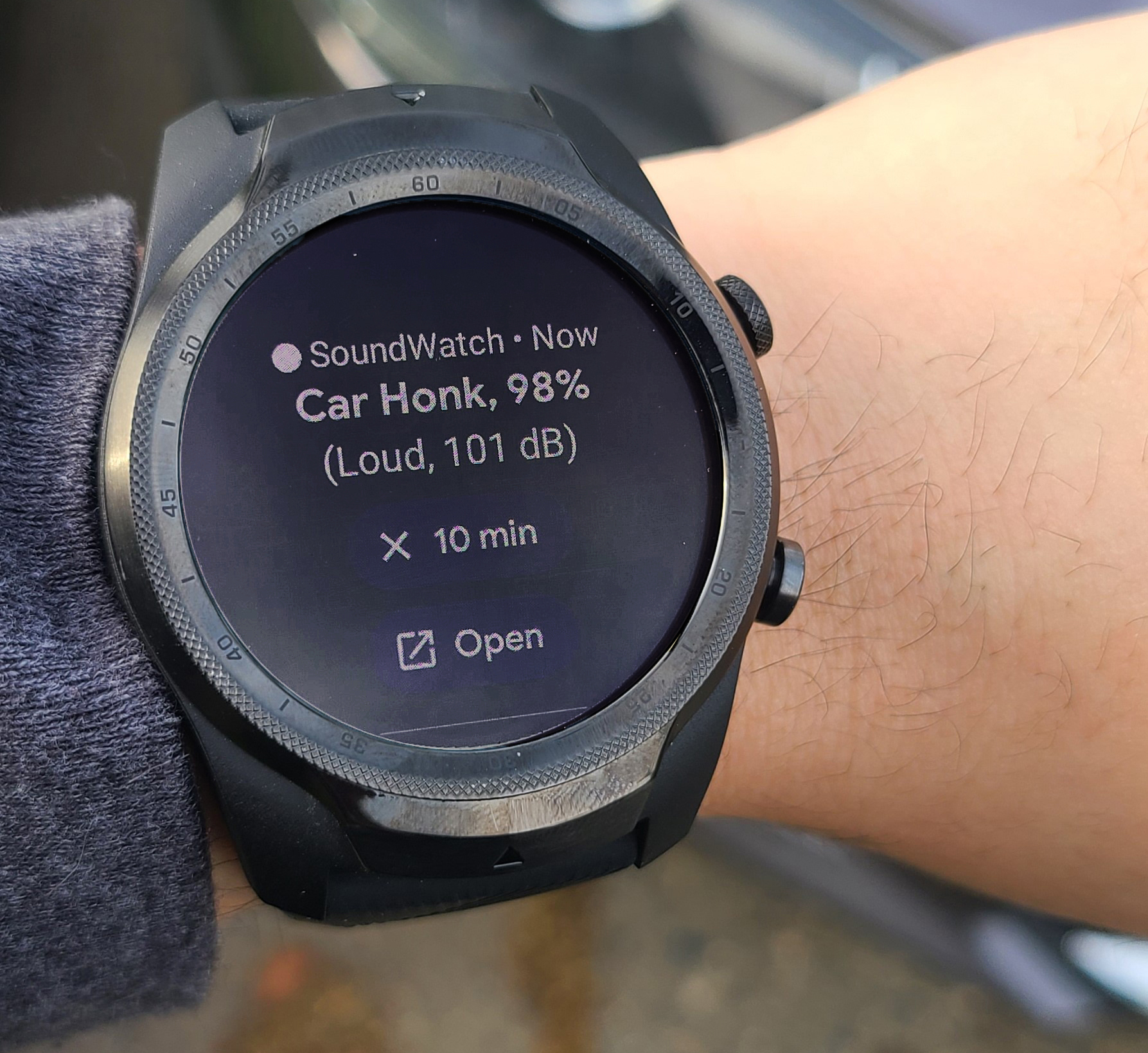
SoundWatch: New smartwatch app alerts d/Deaf and hard-of-hearing users to birdsong, sirens and other desired sounds
UW researchers have developed SoundWatch, a smartwatch app for deaf, Deaf and hard-of-hearing people who want to be aware of nearby sounds.